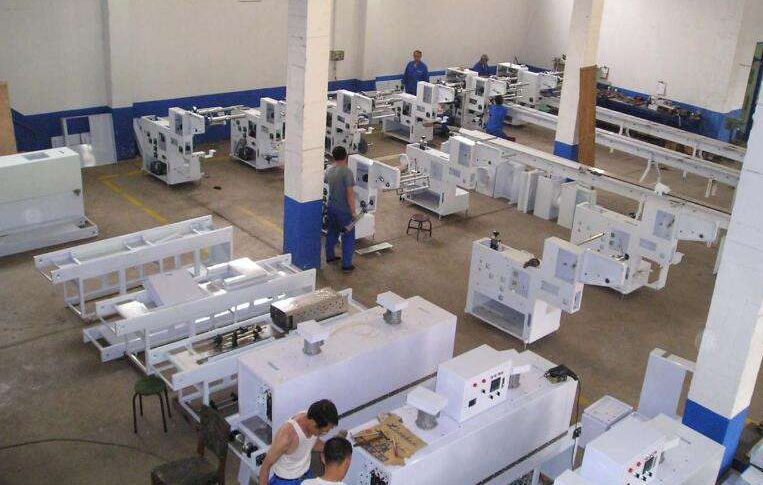With growing concerns over food safety, China has increasingly focused on improving food testing technologies. In the past, food machinery manufacturers overlooked the importance of integrating advanced testing methods. However, as the performance of entire machines improves, there is now greater potential for innovation in food testing technology. Sensing technology plays a crucial role in this field, particularly in monitoring key factors like temperature and location of food products.
It is known that integrated circuit detectors are widely used in foreign food processing facilities. This technology enables the detection of when food begins to spoil. The food quality inspection system typically includes a scanner and a sensor. The detector only needs to align the scanner with the food item and emit a radio wave signal, which causes the food to vibrate and generate a musical frequency wave that is sent to the sensor for analysis.
By comparing these signals with data from a standard database, the deterioration date of the food can be determined quickly and accurately. As food testing becomes more important in China, the application of such technologies is expanding beyond production lines. It is no longer limited to just checking quality during manufacturing but is now being used in various stages of the supply chain.

In machine vision systems, color-based vision products are already being applied in food inspection. These systems assess the maturity and quality of food based on its color. Additionally, wireless sensor networks are becoming popular, especially in large foreign food processing plants. They are used to collect and monitor food information, ensuring food safety throughout the supply chain.
Thanks to the network capabilities of wireless sensors, consumers can now gain better visibility into how their food is processed, stored, and transported. This increased transparency helps build trust and reduces concerns about food safety. Moreover, if any issues arise, regulatory authorities can detect them promptly and take corrective actions, helping to prevent food safety problems at the source.
Motion control systems are essential for the development of China’s food packaging machinery. This technology is becoming more sophisticated, enabling precise positioning and strict speed synchronization. It is used in various operations such as conveying, loading, unloading, palletizing, depalletizing, and marking.
The use of motion control technology allows for clear differentiation between high, medium, and low-end packaging equipment, playing a key role in upgrading China's food packaging industry. Since food packaging assembly lines require continuous operation, they demand high levels of speed, precision, dynamics, and torque—characteristics that align well with modern automation solutions.
Therefore, bus-type motion controllers have great potential in the food packaging industry. With high-speed bus communication, they can support fast tracking, multiple position control modes, and efficient data exchange across different ports. As China's food packaging industry shifts from labor-intensive to knowledge-intensive, enterprise managers should pay more attention to motion control technology to reduce costs and improve product quality.
Guangzhou Winson Information Technology Co., Ltd. , https://www.barcodescanner-2d.com
